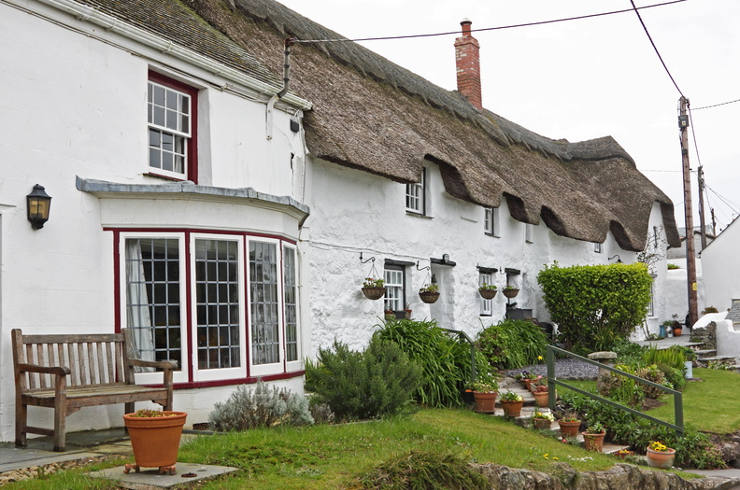What is Mundic Block and does it affect you?
What is Mundic Block?

‘Mundic block’ is a term often spoke about in Cornwall when individuals have tried to buy property or lived here. This talks about a building material that was used mainly in Cornwall between 1900-1952. The reasoning behind it being called mundic is down to the fact they used waste product as a form of concrete and mundic is the Cornish word for mine waste. In this era, it was normal for the concrete to locally be mixed using materials that were close by. This meant that many homes within Cornwall were assembled from ‘mundic’ material.
Why is it a problem?
There are numerous problems with the ‘mundic block’, the main one being that it is difficult to know what is precisely in the mixture. However, as the Cornish soil has a high mineral content and the way in which ore is extracted from the soil, the concrete aggregate contains chemicals or minerals. Over time this causes the concrete to degrade.
The property value can be seriously affected with buyers avoiding houses that have been built with this substance and lenders refusing mortgages depending on the condition of the property.
How can you tell if a house is built with mundic block?
With some buildings it may be obvious that it has been constructed with mundic materials where with others it might have to discovered by doing a Building Survey. Any property within West Devon and Cornwall that was either altered or built between 1900 and 1960 that contains concrete need to be tested for mundic matter.
Countless surveyors can arrange for a mundic test to be carried out or can offer a Mundic test. This test screens for concrete building materials. Samples are collected with a drill from the house’s fabric, these are then analysed and graded (A1, A2, A3, B and C).
What do Grades mean?
If the grades A1 or A2 has been given this means that the concrete within the house doesn’t contain any possible harmful material or contains so little that its not considered to be a future problem. Most mortgage lenders will accept this grade in order to lend against.
A3 will be graded if a sample of the fabric contains more levels of mundic than should be in the home. Special testing is needed to get this grade; however, this testing is not cheap and is time-consuming. This could still be rejected by the mortgage lenders.
If the property is graded either B or C then no mortgage will be secured. The reason this would happen is if more than 30% of the concrete within the house is made up of mundic. This may already have a visible degradation. Although if the mundic is only within a specific area of the house then you may be able to replace it with a modern material to get the correct lending.